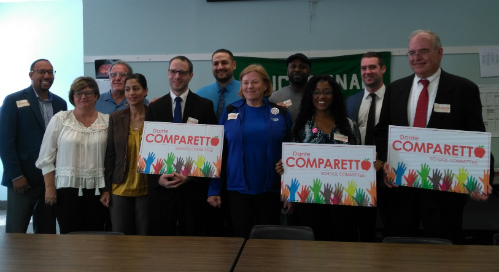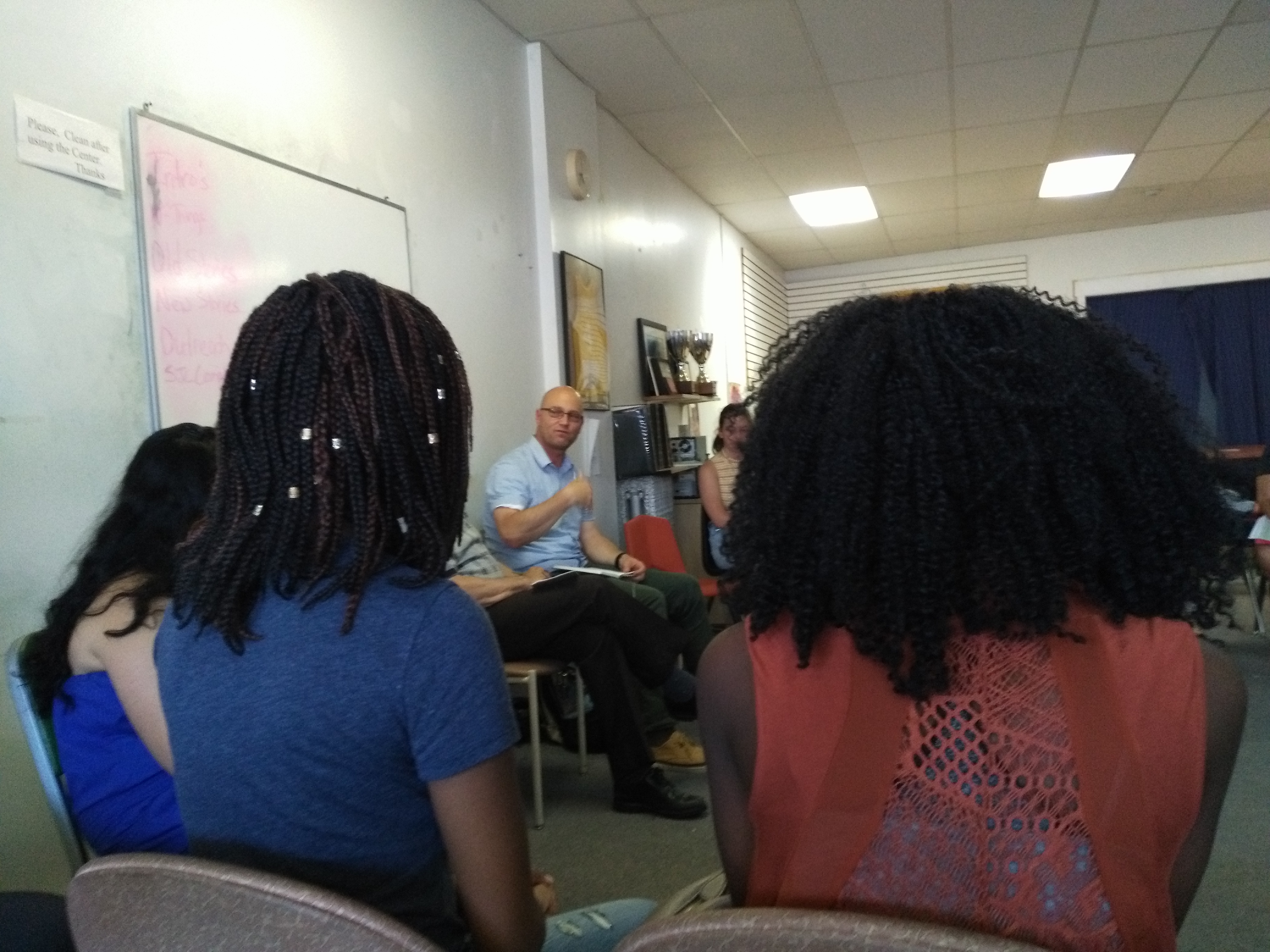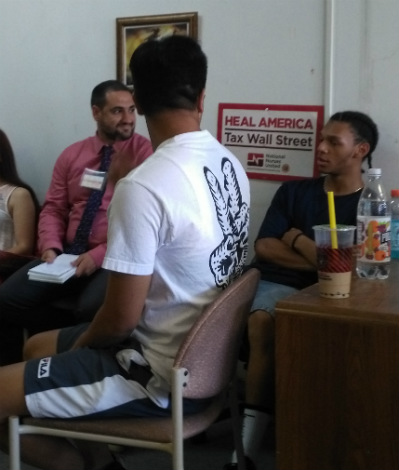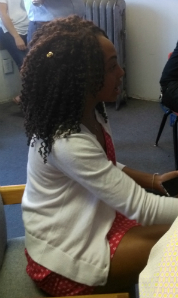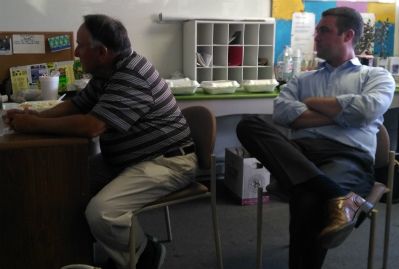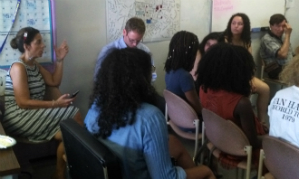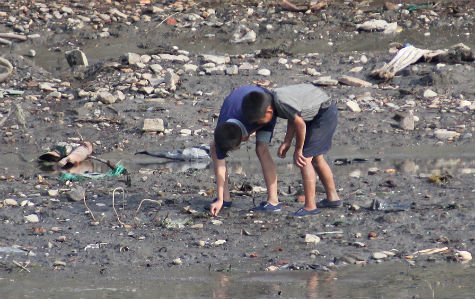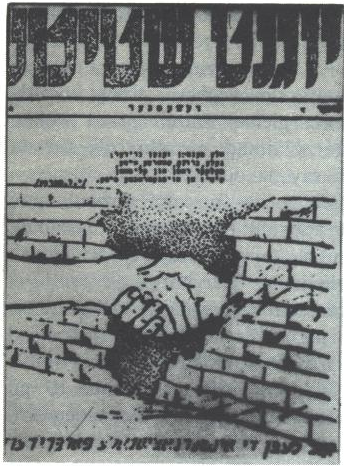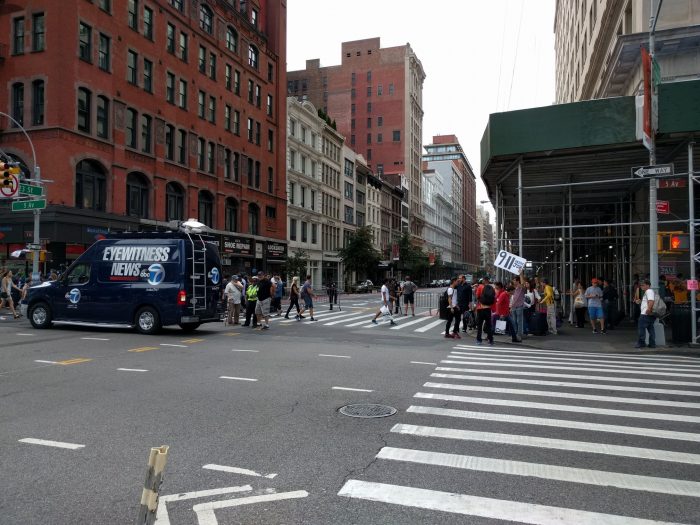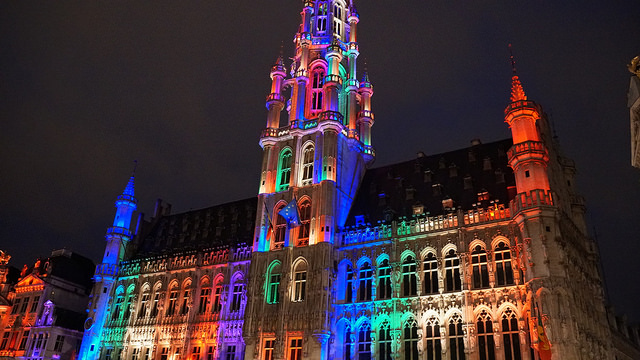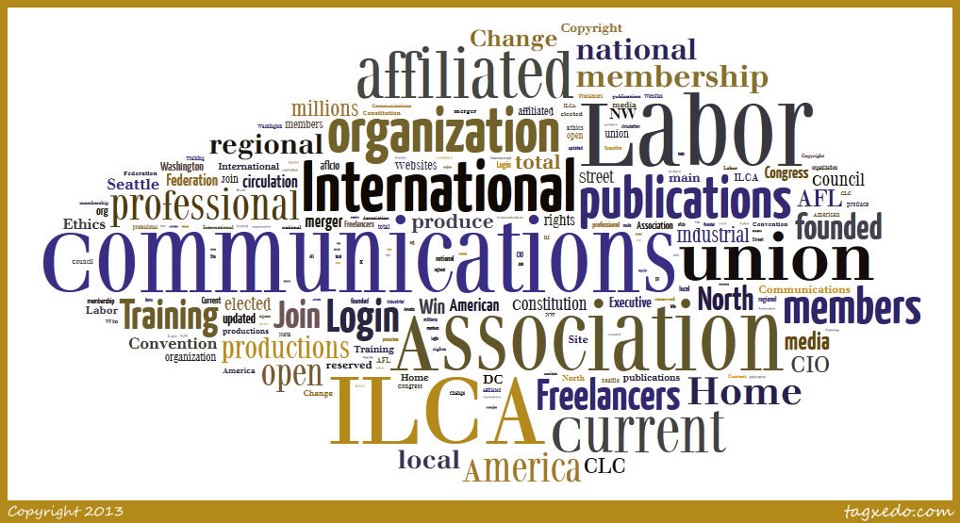Clearly something is wrong in the Western world.
These problems are most evident in the UK and the U.S. In Britain, a campaign propelled by fear of immigrants and multiculturalism was able to capture more than half the vote, making it highly likely that Britain will leave the European Union, causing the fall of a prime minister, and potentially leading to the breakup of the United Kingdom itself. In the United States, the situation is even more dire. The presidential campaign of Donald Trump – who has been called a fascist, not just by the left, but by fellow Republicans – has brought to the surface tensions that must have been simmering for years. His rallies, and now the Republican National Convention, are showcases of the politics of hate and fear, and they have very often led to violence. Instead of calling for an end to the violence, Trump has urged his thugs on. In Dorchester, Boston, after two white men beat a homeless Hispanic man savagely, and then saying they were inspired by Trump’s campaign, he called his supporters “passionate.” Only a few years ago, these kinds of antics would have destroyed a presidential campaign; now they bolster it. The Republican Party, unsure of what to do, is in a shambles. Mass shootings have become commonplace: in less than a month, we have seen a “self-radicalized” ISIS supporter open fire in a crowded gay Orlando nightclub, killing dozens. While the nation was still trying to recover from that event (which happened as America was still trying to recover from the previous mass shooting), two police shootings took place, provoking outrage across the country. Who was outraged, and by what, highlighted the racial divisions in this country that many Americans had thought, as recently as 2008, were becoming a thing of the past. Since then, a lone gunman shot nearly a dozen police officers in Dallas, and then another lone gunman shot some in Baton Rouge.
America and the UK, lost in turmoil. But turmoil is spreading elsewhere as well. In the midst of America’s madness, another “self-radicalized” person ran a truck into a crowd of hundreds of people in Nice, France, as they were celebrating Bastille Day. France, of course, has been no stranger to terrorism caused by “self-radicalized” Islamists (one might argue, nihilists, since they seem to worship killing more than Allah). The violence in Nice was the third such event in less than two years, with the Charlie Hebdo shooting in January 2015 and the rampage in Paris only months after. These were not specifically French affairs; as it turned out, there were connections to a network in Brussels – the capital of Europe.
It would be a mistake not to notice, sympathize with, and send solidarity to those who suffer violence around the world: the hundreds killed in Baghdad, the young girls still missing in Nigeria, the victims of ongoing civil wars across the African continent, the victims of inter-communal violence in India, Muslims persecuted in Burma, Jews killed by terrorists in Israel, the victims of ISIS in Syria and Iraq, and so on. But there seems to be something new, something different, going on in the West than had previously been the case. While we can generally get a sense of the troubles in much of the rest of the world, the malaise in the West seems different because it is newer. (Again, this is a sweeping generalization, and there are many exceptions.)
But what is going on in, most especially, America? Why does it feel like we are in the midst of a societal breakdown?
Marxists have long argued that the economic relations of a society, its base, determine everything else (the “superstructure”). This has generally proven to be somewhat true, and it follows that when the economic base of society changes, the whole society will change. And right now, we are seeing one of the most fundamental economic changes, rooted in technological innovation, that the world has ever seen.
To be sure, the Industrial Revolution revolutionized societies, and quickly. “All that is solid melts into the air,” Marx wrote in the Communist Manifesto, describing the changes that the revolution brought about. As everyone who has researched it knows, it was a horrible time for humanity, as progressive as it was: children worked long days in the factories, there was little to nothing in the way of social security or social welfare. Luckily, we have (mostly) moved past all that. But there was something different about that period, when the capitalist system was rising, than now, during our current changes. To keep with the Marxist quotes, here is how Marx’s friend Frederick Engels described some of the changes, writing in 1847: “this process draws members of the bourgeoisie and proletarians together into the great cities where industry can be carried on most profitably, and by thus throwing great masses in one spot it gives to the proletarians a consciousness of their own strength.” Early capitalism in general and the Industrial Revolution in particular centralized; they brought people together.
Historians have described at great lengths the process of working people being brought together in factories. Prior to this centralization, people lived in feudal family units. These units were destabilized by the rise of the factory system, and they were transformed. But they were replaced: the feudal family became the nuclear family, and a new division of labor developed. It was a painful change, but centralization continued and people were again able to achieve some stability, especially in times and places like post-war America.
The new revolution, the information revolution, however, is different. It pulls in exactly the opposite direction from previous historical progress. As labor-saving technology has been implemented, factories have downsized, and as the costs of communication, transport, and relocation have plummeted, factories have moved away. Starting perhaps in the 1980s, when a huge belt of industrial areas began rusting, Americans could no longer count on going to work in the factories. Entire communities were decimated. Detroit was the most notable, but cities and towns across the country changed. People not only experienced economic insecurity – together – they began to experience social insecurity. Especially in the upper strata of the working class and the middle class, people have begun to search regionally, or nationally for work. Friends and loved ones now live further away than ever before, and social networks have become national in scope, even for the most average person.
All of this leads to weaker and weaker social bonds, more social isolation. Those who are economically insecure are now also socially insecure. The nuclear family broke down long ago, but nothing has come to replace it. Leftists a of generations ago dreamed of “smashing the family” and replacing it with a new society where everyone felt like family. The first part happened (thought the left had no hand in it), but society has become more and more atomized, and less and less conducive to close bonds between people.
While society’s economic base is evolving away from community life, humans have not. We evolved together, as social animals, over a course of more than 100,000 years (at least). While there are a few people here and there who are hermits, generally speaking, humans need community; without it, they feel a spiritual void. Without community, people become depressed, and they search for and join it wherever they can. Perhaps it is found in a Pentecostal church, or a street gang, or, as we are seeing among movements on the left and right, in identity politics. Or perhaps they find it somewhere else.
The idea that Americans, and, by extension, much of the industrialized world, are increasingly “bowling alone” is not new. Political scientist Robert Putnam noted this in a 1995 essay, and then in his famous book in 2000. What Putnam’s work could not have foreseen, though, was how pervasive the Internet has become. The period between when America was offline and when it was completely wired was extremely brief. Generation X first signed onto an online Bulletin Board Service, now arcane, as they finished up high school or entered college – and were astounded by the technology. Not even two decades later, the same people, now barely middle age, can scarcely comprehend the world they left behind when they sent their first email.
The online world has revolutionized cultural and community life. It is not necessary to share common interests with people nearby; you can find anything that interests you, and find friends, whom you have never met and likely never will meet, in far-flung corners of the nation or world. While for most of us, the vestiges of the old world, where friends and family we love are nearby, still remain, for the most socially isolated, all life is lived in the new world. Community is online.
And therein lies the danger: as anyone who reads the comments on a Youtube video knows, the most extreme ideas and beliefs are amplified by the anonymity of the Internet, and communities grow around them. The most socially isolated will find community where they find it: perhaps in a motor cars forum, or perhaps in an ISIS chat group. While in years past, someone with extremist ideas would most likely spend their days being kept in line by their local community, they now have a wide platform to spout their views, and they can easily find those who agree with them. Sociology shows us that people quickly adopt the norms of the group they interact with most. This is harmless if the online community is a UFC fight group, perhaps a bit pernicious if they become too involved in some other group, and downright scary if they become involved in extremist political or racial groups. Extremist beliefs are, as studies have shown, a much more accurate indicator of a tendency towards violence than mental illness ever has been.
None of America’s or the industrialized world’s old problems have gone away, either: inequality is still with us, environmental issues still plague us, racism and ethnic discrimination are still with us, sexism is still with us, and so on. Now all of these problems exist alongside, exacerbate, and are exacerbated by an ever-increasing and ever-new sense of insecurity and isolation. This is the brew out of which the seemingly senseless horrors that have started plaguing society have arisen, and there is no indication that any of that is about to change for the better.
What can be done about it? The answer is far from clear. While the old ideas of the left, that people should unite to fight for a better future, still sound nice, the whole economic and technological basis of society is pulling us in a much different direction. If these ideas were not successful during the days when industry and factories dominated the scene, it is hard to imagine how they can become successful now.
Unfortunately, it is also hard to imagine any other solution.
Photo by KD, used under a Creative Commons license.
